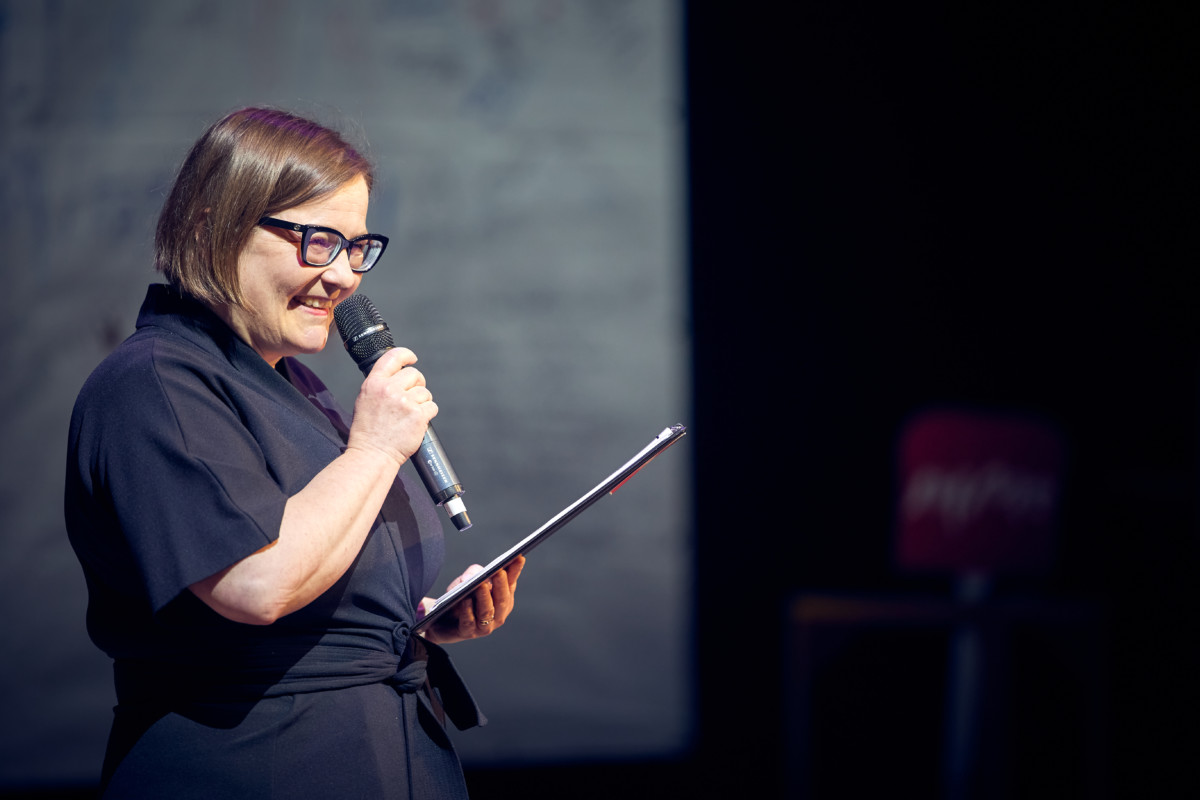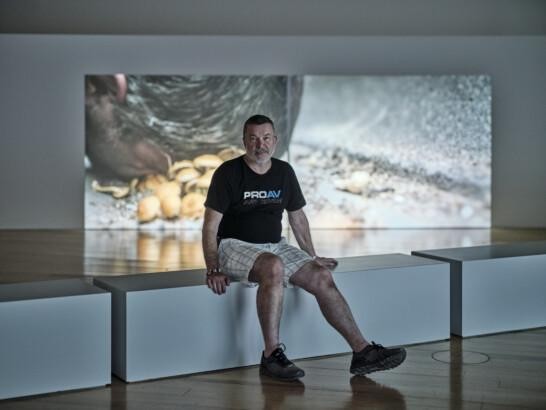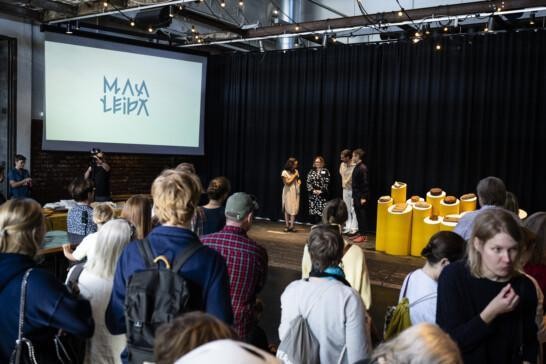Ecoblog
Advisory Board in Interview: Paula Toppila

We asked the members of our Advisory Board four questions about how IHME Helsinki’s goal of combining art, science and climate work has progressed in four years. IHME Helsinki’s executive director and curator Paula Toppila has been involved in IHME since the beginning and has led IHME’s transformation into an ecologically sustainable art institution. Toppila has been the chair of the Advisory Board since 2019.
1) When we started our cooperation on the Advisory Board four years ago, taking a new direction – towards an ecologically sustainable art-institution practice – we wanted our programme to bring together art, science and climate work and to support long-term cooperation with both institutions and artists. How do you think we have succeeded in this?
For four years now, we have been collaborating with artists working in dialogue with the scientific context, and we have found that this can happen in different ways: as visual part of the artwork, as part of the background research for the work, and thirdly, for example, in the places where the art finally takes place. The three IHME Helsinki artworks realized by artists Jana Winderen, Katie Paterson and Amar Kanwar in 2020–2022 are good examples. We are happy that last year’s commission, the Learning from Doubt online course with Amar, will take place for the second time in September of this year, and again together with HELSUS at the University of Helsinki and the Academy of Fine Arts of the University of the Arts Helsinki. We have been cooperating with these universities since 2020. In addition to this, together with artists, we have developed ways of presenting commissioned works abroad in a radically environmentally friendly way, e.g. scaling the size of the art works and minimizing the amount of air travel. I think we have succeeded in creating working practices for climate work in an art institution. When we set out on this journey, we didn’t know exactly what kind of path it would take. But after four years, I can say that it has been a very rewarding and inspiring one. It’s been great to see a change of direction on the Finnish art scene more broadly, too, where art and cultural institutions that have taken big and small steps towards becoming a more environmentally conscious and friendly world of art. We can only make a change together and that’s why the work continues. I hope that there will also be radical changes in how institutions see themselves in the future. We need long-term thinking and shared future scenarios.
2) As a commissioner of works of art, we have reconsidered ways to cooperate with international artists and considered from a new perspective how to present our commissioned works outside of Finland. One of the methods we have tested out is that, instead of transporting works from one continent to another (emissions), we have collaborated with artists on their long-term projects in their home countries, supporting ongoing projects with local people. What connections do you see between this approach and the postcolonial project?
I would especially like to thank our collaborating artists Amar Kanwar and Hiwa K, whose works and the dialogue with them have taken us on this very inspiring path. It has been about rethinking the forms of cooperation in the field of international contemporary art and what international cooperation can mean in times of multiple crises. We need to rethink who we collaborate with, who we want to bring these projects to so they can experience them, for how long, and why we should do that. Can we collaborate directly with artists instead of art institutions or other art bodies? Can we make the work available to local audiences in two places instead of catering for international art tourism? This also means different approaches to what curation is and can be, and I really believe there is a genuine, even natural path and opportunity for a common direction around decolonial practices and ecologically sustainable practices. In my own curatorial work, which focuses on making new works, trust, listening and care are emphasized. The opportunity for artists like Amar and Hiwa to continue and to start long-term projects in their homelands in the Global South, a context they know very well and which is most affected by global warming, is crucial as we rethink artistic and art institutional practices in times of environmental crisis.
3) From your point of view, what is the most topical question in contemporary art in these times of multiple crises?
In the midst of all the bad news, worry and occasional hopelessness, I also find it very inspiring to be alive, to observe and to influence, in my own role, the direction we are going in in the field of art, both in Finland and internationally. The works of art will be as multi-voiced as before, but since art reflects our lives, the environmental crisis is already affecting what topics are discussed in art, but also how art is made, what materials are used, what the life cycle of art is like, and also prompts reflection on what art is during a multi-crisis? How do multiple crises affect the priorities of the art institution’s mission? Can the art world of the future be based on the idea of a circular economy?
4) You all also work more or less full-time in the academic context. How do you see the ecological turn (sustainable development transition) taking place in this context, will the way science is done change along with the world, and how?
I don’t work at a university, but I manage IHME Helsinki’s cooperation with universities. IHME is also part of the network for the sustainable development of visual arts started by Finnish art universities and art schools. I think it is crucial to integrate ecology into art education. We should update and rethink our thinking in everything related to making art. What do the philosophies of art and science look like when rethought and examined from the point of view of ecology? How would it affect our thinking and our lives as art students if we could study on Master’s programmes whose titles were e.g.: Regenerative Food and Farming; Engaged Ecology; Regenerative Economics; Holistic Science; Arts and Place; Movement, Mind, and Ecology; Ecological Design Thinking; Poetics of Imagination; Arts and Ecology. Interestingly, these are not fictional, but actual titles on Dartington Arts School’s MA programme in the UK. The mission of this institution is to combine the arts, ecology and social justice. Also, the missions of artistic and scientific educational institutions can and should be updated in these times of environmental change.


